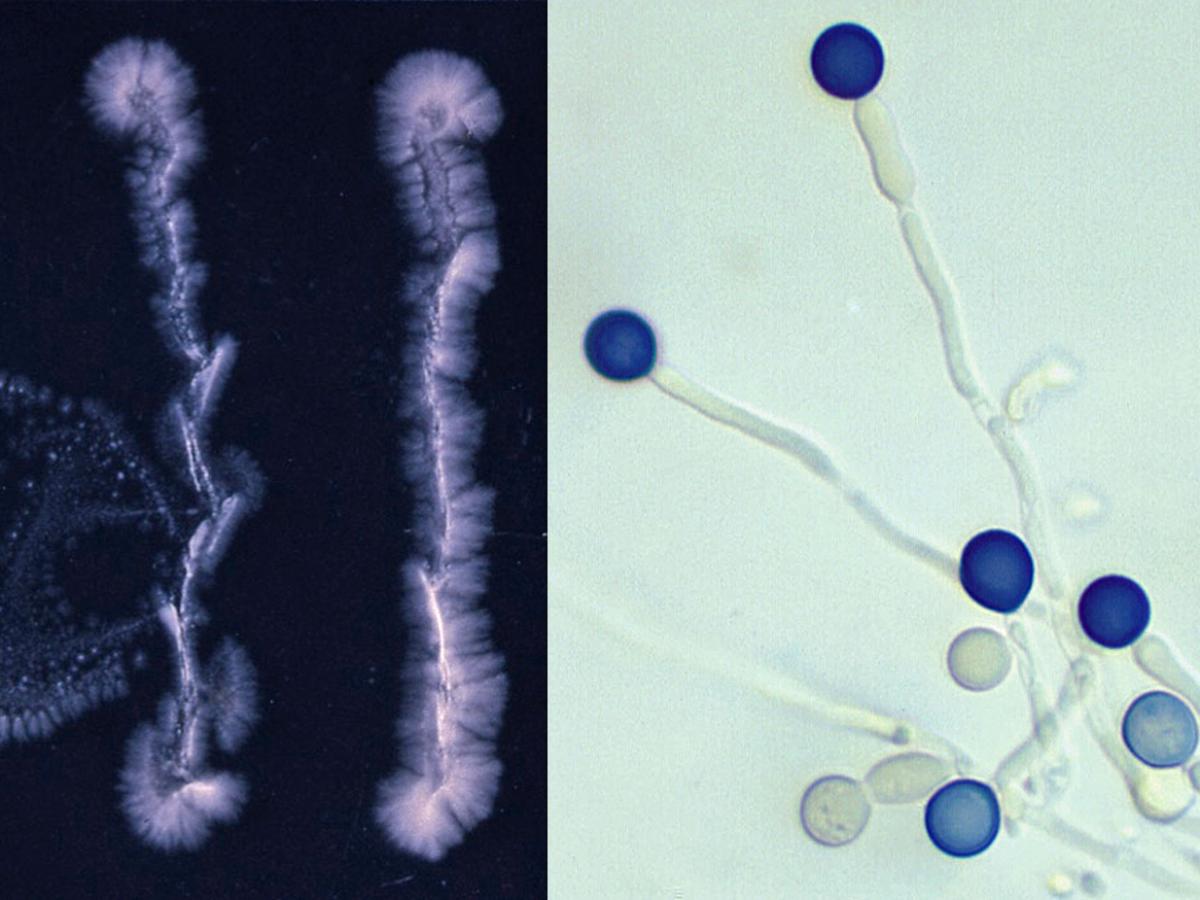Yeast-like Fungi
Recently, several taxonomic rearrangements have been made and many well-known Candida species have been renamed and moved to other genera.
Notably Nakaseomyces glabratus (formerly C. glabrata), Pichia kudriavzevii (formerly Candida krusei), Meyerozyma guilliermondii (formerly Candida guilliermondii), Clavispora lusitaniae (formerly Candida lusitaniae), Kluyveromyces marxianus (formerly Candida kefyr) and Wickerhamomyces anomalus (formerly Candida pelliculosa). C. parapsilosis is now recognised as species complexes (Tavanti 2005; Correia 2006; Alcoba-Florez 2005).
Several species may be aetiological agents, most commonly Candida albicans, followed by C. parapsilosis, N. glabratus, C. tropicalis and Pichia kudriavzevii. Altogether, these five species account for >95% of human infections. However a number of other species may also be isolated. All are ubiquitous and occur naturally on humans.
-
Laboratory identification
Identification:
See Kurtzman, Fell and Boekhout. 2011. The Yeasts, a Taxonomic Study. 5th Edition Elsevier B.V.Yeast-like fungi may be basidiomycetes, such as Cryptococcus neoformans or ascomycetes such as Candida albicans.
Ensure that you start with a fresh growing pure culture; streak for single colony isolation if necessary.

CHROMagar Candida plate showing chromogenic colour change for C. albicans (green), C. tropicalis ( blue), C. parapsilosis (white) and N. glabratus (mauve).
Chromogenic agars:
These are used for primary isolation for rapid species identification and detection of mixed flora, especially from non-sterile sites. Depending on the brand of chromogenic media presumptive identification of C. albicans, C. tropicalis and P. kudriavzevii is possible. It is particularly useful for detection of mixed infections.
Candida albicans showing production of germ tubes.
Germ tube test.
A rapid screening test for C. albicans and C. dubliniensis. 0.5 mL of serum, containing 0.5% glucose, is lightly inoculated with the test organism and incubated at 35C for 2-3 hours. On microscopy, the production of germ tubes by the cells is presumptive for C. albicans and C. dubliniensis.
Dalmau plate culture of Candida albicans showing (a) colonies growing out from scratches on the surface of a cornmeal/tween 80 agar plate, and (b) the production of large round, thick-walled chlamydospores.Note: A coverslip has been placed onto the agar surface covering the scratches.
Dalmau plate culture:
To set up a yeast morphology plate, dip a flamed sterilised straight wire into a culture and then lightly scratch the wire onto the surface of a cornmeal/tween 80, rice/tween 80 or yeast morphology agar plate, then place a flamed coverslip onto the agar surface covering the scratches. Dalmau morphology plates are examined in-situ directly under the low power of a microscope for the presence of pseudohyphae which may take up to 4-5 days at 26C to develop. C. albicans also produces characteristic large, round, terminal, thick-walled vesicles (often called chlamydospores). For best results a light inoculum should be scratched into the agar surface using a wire.
Physiological and biochemical tests:
Including fermentation and assimilation studies should be performed based on those used at the Centraalbureau voor Schimmelcultures (CBS), Delft, The Netherlands (Kurtzman et al. 2011). Reliable commercially available yeast identification systems are the API 20C AUX, API ID 32C, Biolog YT Station and Vitek 2 YST ID systems. However, they can only be used to identify those species in their respective databases, and may misidentify yeasts that are not represented.Other supplementary tests:
Include growth at 37C, cycloheximide resistance and hydrolysis of urea.MALDI-TOF MS:
The Bruker MALDI-TOF database is useful for identification of most clinical yeasts. The MALDI-TOF Vitek MS has been reported to misidentify some yeasts, notably Candida metapsilosis as Candida parapsilosis (Nobrega et al. 2014).Molecular identification:
ITS sequencing is useful for the identification of most clinical yeasts.References:
Barnett et al. (1983), Kurtzman and Fell (1998, 2011), de Hoog et al. (2000, 2015).
Recent name changes for medical fungi.
Species descriptions
A list of Mycology references cited for the identification of medically important fungi is available for viewing.
